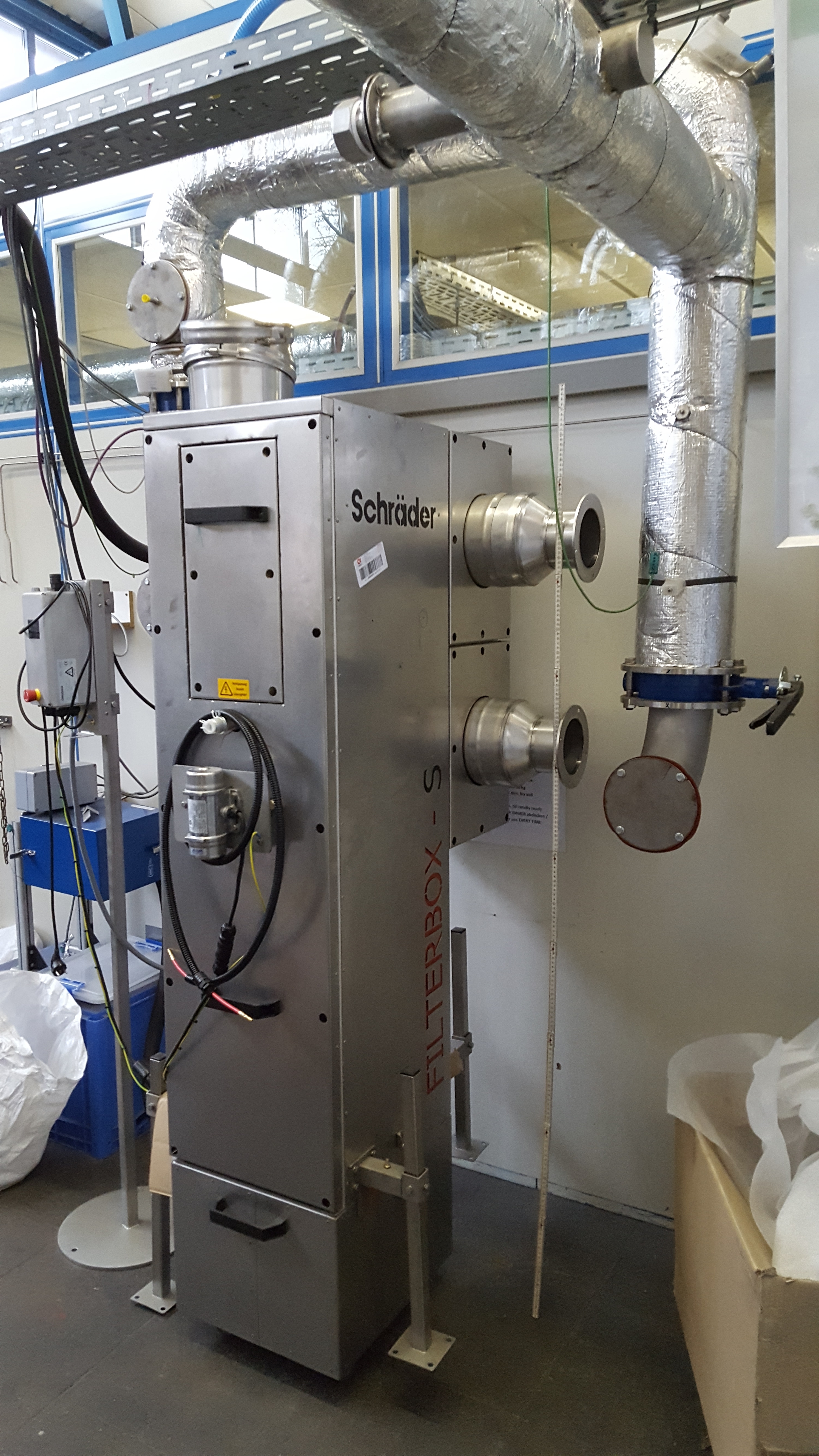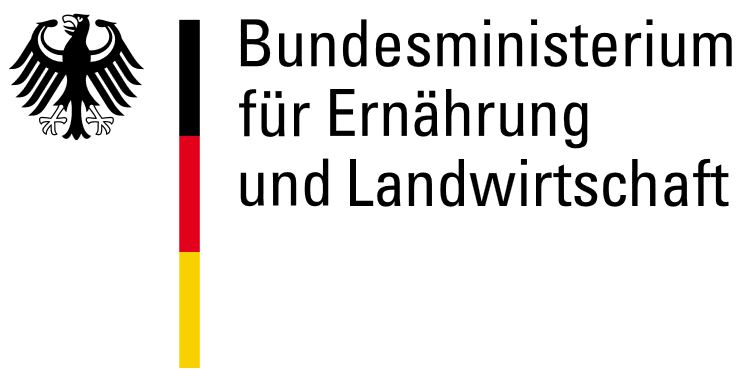Dust, fine dust, ultra fine dust
How efficient are electrostatic precipitators for biomass combustion systems?
The average collection efficiencies of electrostatic precipitators for biomass combustion systems are between 60 and 90 percent. In the particle range between 0.2 and 0.3 µm, the separation efficiency drops to approx. 45 percent or just under 30 percent, depending on the filter type. Optimisations have improved the separation efficiency in these areas; in some cases, separation efficiencies of over 80 percent have even been achieved. These are the results of the »FRESBI« project sponsored by the BMEL via the FNR and now completed by Fraunhofer UMSICHT together with OTH Amberg-Weiden and Schräder.
In the project FRESBI »Optimisation of the fractional separation efficiency of electrostatic dust separators for use in biomass furnaces«, two fundamental questions were investigated: How effective are electrostatic separator systems available on the market, in particular for fine dust of particle size PM 2.5 and for ultrafine dust with particles below 0.1 µm? And how can the separation efficiency be improved in the relevant areas?
The project partners determined the separation efficiency of commercially available electrostatic filters on biomass furnaces with 40 kW, 100 kW and 440 kW. In the low output range (up to 40 kWth) the OekoTube Inside from Oekosolve was used, in the medium (50 to 150 kWth) the Filterbox S and in the large (200 - 800 kWth) the Filterbox 2K from Schräder.
The particle size distribution in the raw and clean gas was measured using a cascade impactor (Dekati® Low Pressure Impactor) and TSI's Scanning Mobility Particle Sizer. The dust content in the exhaust gas was determined on the basis of VDI-2066-1 and with common »chimney sweep measuring instruments«. Wood chips and Miscanthus pellets were used as fuel. Prof. Dr. Stefan Beer from OTH Amberg-Weiden comments on the measurement technology: »The comparison of the measurement methods for the various separators in the different performance ranges was highly exciting. In some cases, we observed significant differences here«.
Compliance with limit values in all power ranges
Averaged over all the devices tested, the separation efficiency was between 60 and 90 percent, in some cases higher. The existing limit values can thus be reliably complied with in all performance ranges. In the fine dust range, with particle sizes of 0.2 - 2 μm, however, it is known that electrostatic precipitators have a somewhat weaker effect, since there are no optimum conditions for both diffusion charging (particles too large) and field charging (particles too small). Optimisation measures were implemented for selected separators (OekoTube-Inside and Filterbox S).
»Together we then looked for ways to optimise the critical area. The goal was to optimize the deposition in the critical area through various measures such as improvements in the control or an adaptation of the electrode shapes,« says Martin Meiller, head of the research group Energy from Biomass and Waste at Fraunhofer UMSICHT.
Upgrading of the fractional separation efficiency
After modification by the plant manufacturers, new measurements were carried out with the result that, for example, the fractional separation efficiencies in the critical range of the filter box S could be improved to values of over 80 percent.
Jan Kramb from Schräder is satisfied: »The measurements show that our filters work efficiently even with very fine particles. This was very important to us as a manufacturer and it is also an important message for our customers. The results give us important impulses for the future orientation of our R&D activities.«
Last modified:

